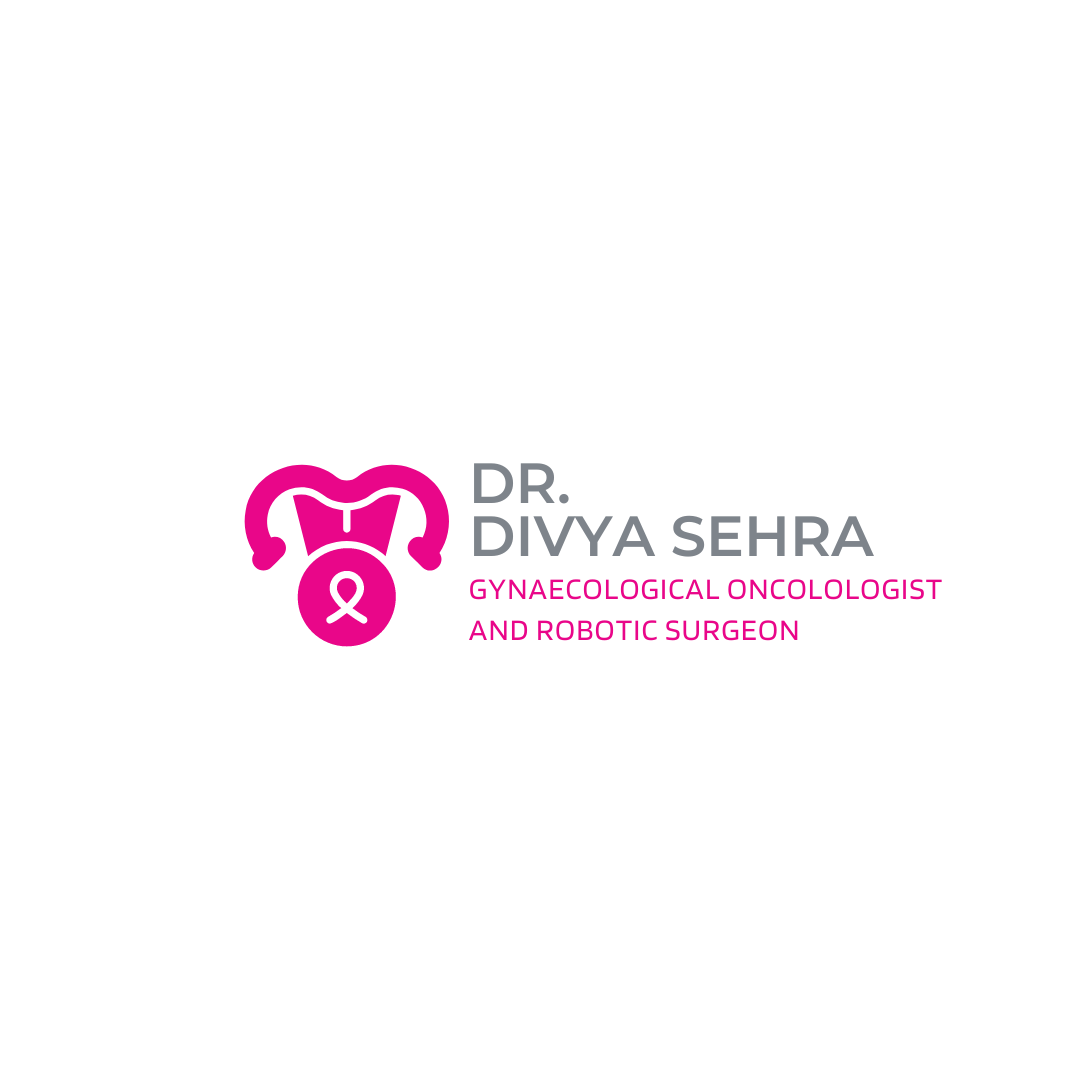
How can you prepare for surgery?
Here are some questions you might ask:
- What medical and surgical options are available for me?
- Which is best for my situation?
- What are the differences between open, laparoscopic, and robotic-assisted surgery?
- Should I get a second opinion?
- What am I likely to experience after surgery?
- If I decide to have surgery, how can I prepare for it?
- What is your surgical training and experience? What is your experience with robotic-assisted surgery?
- What are your patient outcomes?


What is endometriosis surgery?
Endometriosis surgery is surgery to remove patches of endometrial tissue (tissue that is typically found inside the uterus) growing outside of the uterus.
The main types of endometriosis surgery include:
- Endometriosis resection (a procedure to remove endometriosis patches)
- Hysterectomy (a procedure to remove the uterus and possibly nearby organs)
- Removal of Ovaries
With endometriosis, surgery is the only way to be certain endometriosis is causing your symptoms. If you have been diagnosed with endometriosis, you should discuss all options with your doctor, including surgery.


If you are a candidate for surgery, your surgeon may recommend:
- Open surgery
Surgeon makes an incision in your abdomen large enough to see the endometriosis patches and performs the procedure using hand-held tools.
- Laparoscopic surgery
Surgeons make a few small incisions in the abdomen and operate using special long-handled tools while viewing magnified images from the laparoscope (camera) on a video screen.
- Robotic-assisted surgery
Surgeon controls the robotic surgical system to perform the procedure
Is it time to explore your options?
Doctors aren’t sure why about one in ten women develop endometriosis during their reproductive years, but for those who have it, life can be difficult. Many women with endometriosis have no symptoms. For those who do, common symptoms include chronic pelvic pain, especially around menstrual periods; heavy menstrual bleeding; pain during sex; and fertility issues. Some patients have ovarian cysts, and others have pain and lumps around their caesarean scars. It’s estimated that almost 40% of women with infertility have endometriosis. If your doctor suspects an endometriosis diagnosis and you’re exploring your options, surgery to remove endometriosis (called endometriosis resection or excision) may be a possibility. If your doctor suggests robotic-assisted surgery, this brochure can help you understand what that means.

What will my surgeon do?
If you and your doctor decide that robotic-assisted surgery is right for you, here is what may happen.
Actual incision size
- During robotic-assisted surgery with the robotic surgical system, your surgeon makes a few small incisions, then uses a 3DHD camera for a crystal-clear, magnified view of your uterus and lower abdomen.
- Your surgeon sits at a console next to you and operates through the incisions using tiny instruments and the camera.
- The robotic surgical system translates every hand movement your surgeon makes in real time, bending and rotating the instruments so he or she can remove the endometriosis patches.
What is the robotic surgical system?
- Surgeon console
Is the control center where your surgeon sits to perform the operation.
- Patient cart
Hold the camera and surgical instruments your surgeon controls from the console.
- Vision cart
Manages the communication between all the system components and provides a screen for the care team to view the operation.

What are the outcomes?
Be sure to talk with your surgeon about the surgical outcomes he or she delivers by using the robotic surgical system, as every surgeon’s experience is different. For example, ask about:
- Length of hospital stay
- Complication rate
- Chance of switching to an open surgery
- Length of surgery
There are additional outcomes of surgery that you may want to talk with your doctor about. Please ask him or her about all important outcomes of surgery.



